Mirrors are more than just reflective surfaces—they are windows into history, art, science, and even human psychology. From the earliest mirror materials used by ancient civilizations to the sleek, decorative glass Venetian mirrors found in today’s interiors, the evolution of mirrors is both fascinating and rich in symbolism. This article will delve into the journey of mirrors through time, exploring how mirrors are made, what mirrors are made out of, and their transformation across cultures and eras.
The Earliest Mirrors: Nature and Polished Stone

Before humans learned how to make mirrors, they found reflections in still water. The first man-made mirrors were discovered in Anatolia (modern-day Turkey) and date back to around 6000 BCE. These earliest mirrors were made of polished obsidian, a volcanic glass, which provided a dark but functional reflective surface.
Later civilizations like the Egyptians and Mesopotamians created mirrors using polished copper and bronze. These metal mirrors were less reflective than today’s standards but were widely used and considered valuable objects.
Mirrors in Ancient Egypt and Greece
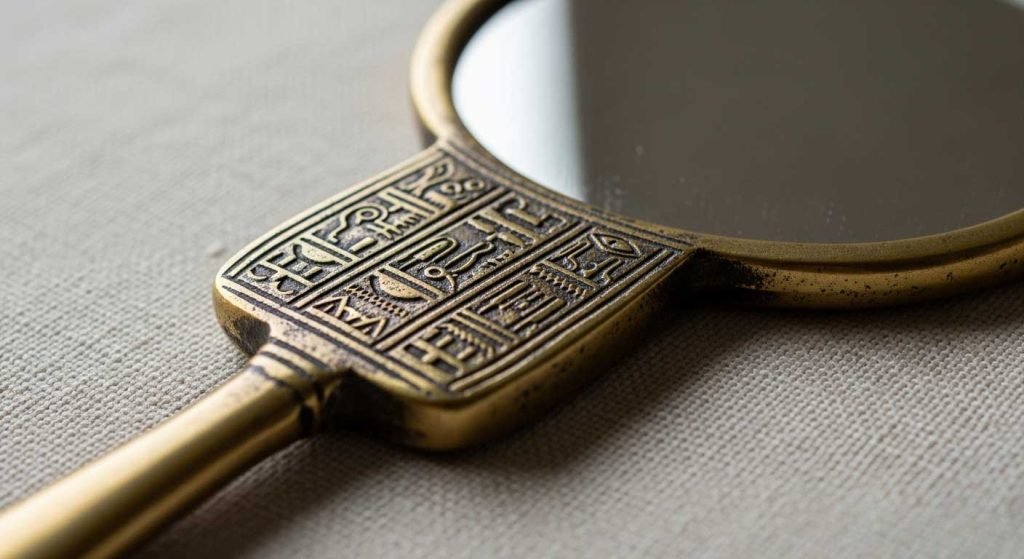
In Ancient Egypt, mirrors were typically made from polished copper or bronze, often with ornately decorated handles. They were symbols of status and beauty. The Greeks followed with speculum metal mirrors, an alloy of tin and copper. These mirrors required constant polishing to maintain their reflective quality.
The term “mirror” in Latin is speculum, which also refers to an early type of metal mirror. Roman mirrors often included silver backing for better reflection, and they were among the first to use mirror like materials with some degree of optical clarity.
Medieval Mirrors: Symbolism and Scarcity
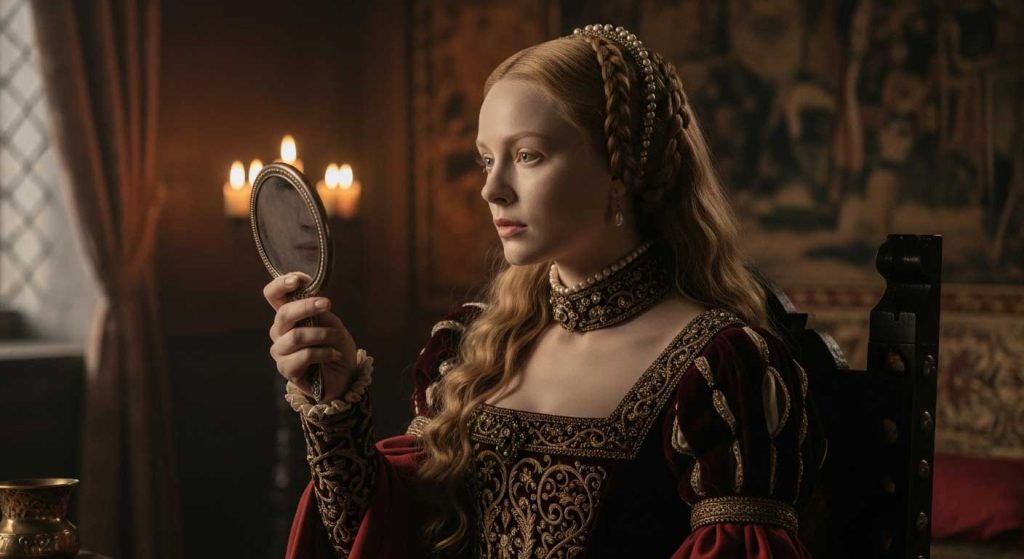
During the Middle Ages, mirrors became rarer and more symbolic. Christian thought often associated mirrors with vanity, which made their use more private and restricted. Medieval mirrors were usually small, made of metal or a combination of mirror materials such as polished tin, and set in ivory or wooden frames.
Mirrors also appeared in religious art, reflecting the divine or symbolizing introspection. This period emphasized the mirror symbolism of self-awareness and moral reflection.
Renaissance to Venetian Glass Mastery
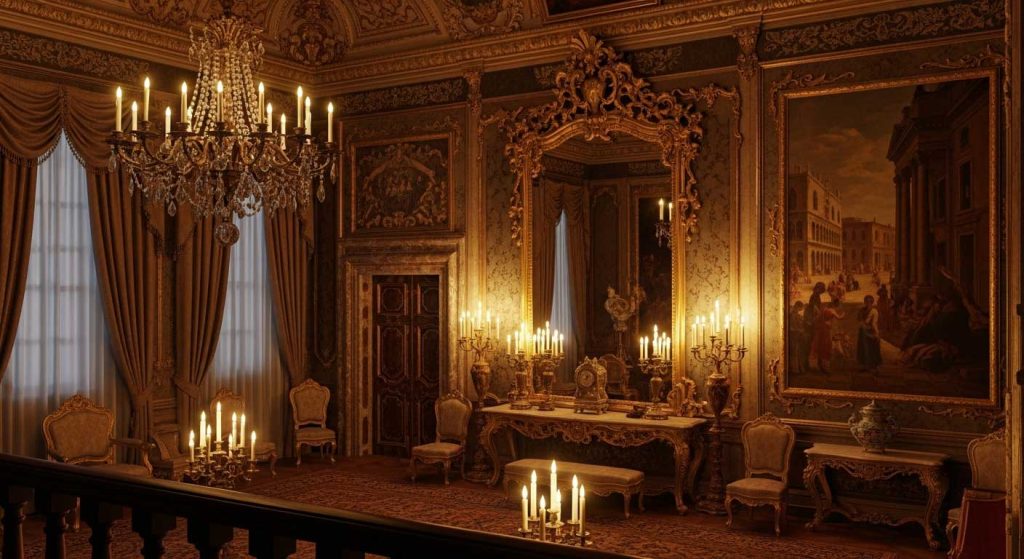
The Renaissance era brought a revival in both science and art. Mirror making evolved significantly in Venice, Italy. Venetian artisans developed methods to create glass Venetian mirrors by coating the back of glass with a reflective mixture of mercury and tin. These mirrors were prized across Europe for their clarity and beauty.
This era also popularized the term “looking glass mirror,” often used in literature and interior decoration. Venetian mirrors influenced the use of mirrors as status symbols and decorative elements.
Industrial Age: From Craft to Mass Production
With the industrial revolution, mirrors became more accessible. By the 19th century, silver replaced mercury as the primary reflective coating, making mirrors safer and clearer. This shift helped standardize how mirrors are made: a sheet of mirror glass was coated with a layer of metallic silver or aluminum.
How is a mirror made today?
- A flat piece of glass is cleaned and polished.
- A thin layer of metal (usually aluminum or silver) is applied to one side.
- The metal is protected with layers of paint.
This process defines what a mirror is made of in modern times: glass and a reflective metallic coating.
Modern Mirrors and Contemporary Design
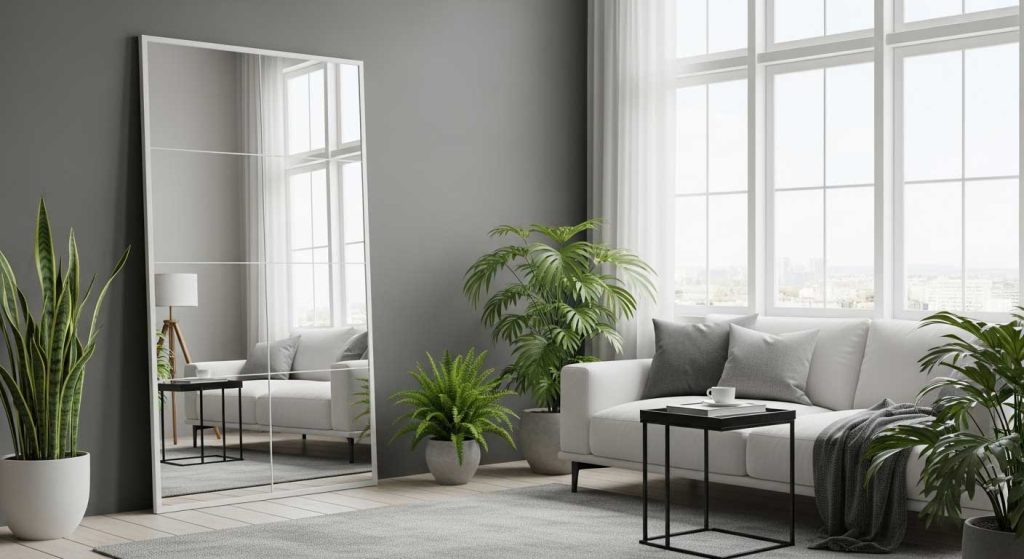
Today, mirrors come in a vast variety of types and styles, including:
- Wall mirrors
- Decorative mirrors
- Smart mirrors
- Anti-fog bathroom mirrors
Modern mirrors can use advanced materials and coatings that enhance reflectivity, durability, and even integrate with digital technology.
Types of Mirrors: Reflecting Variety
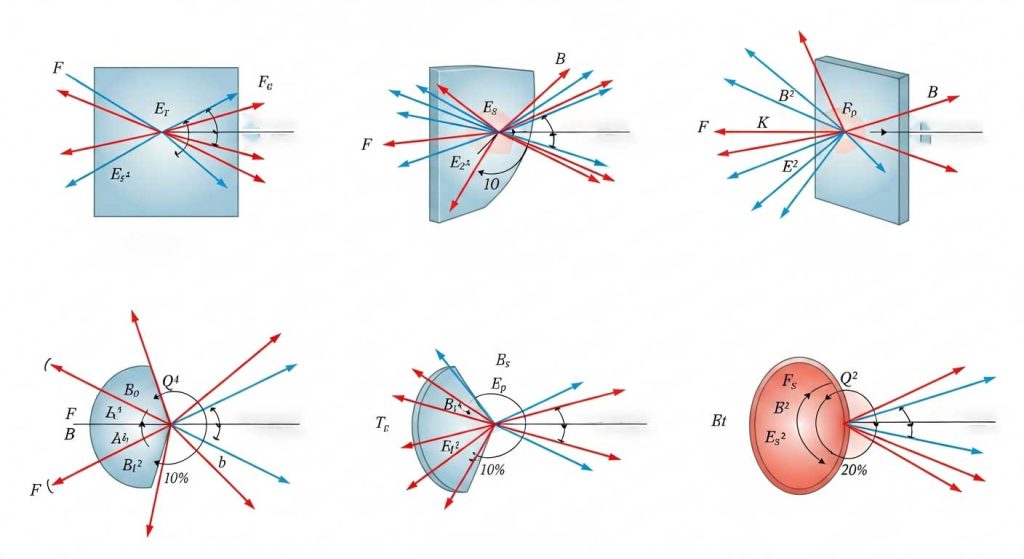
There are many types of mirrors used for various purposes:
- Plane Mirrors – flat surfaces, most common in households
- Convex Mirrors – used in vehicles for wider viewing
- Concave Mirrors – used in telescopes and makeup mirrors
Each type of mirror has different optical properties. How does a mirror reflect? It relies on the law of reflection: the angle of incidence equals the angle of reflection. That’s how mirrors work to create an accurate visual image.
Mirror Symbolism Through the Ages
Mirrors have always carried symbolic weight:
- In mythology, they reveal truth.
- In literature, they explore identity and duality.
- In psychology, they represent self-perception.
- In history, they act as metaphors (e.g., “history is a mirror” of the present).
The concept of “everything will be taken away mirror” (inspired by Ai Weiwei’s famous artwork) also speaks to mirrors’ ability to reflect uncomfortable truths.
Mirrors continue to reflect not just our image, but our creativity, beliefs, and technological progress. From ancient silver mirrors to today’s smart displays, they have remained an essential element of human life and design.
Fun Facts and FAQs
Are mirrors glass?
Technically, mirrors are made of glass with a reflective metal coating.
When did mirrors become common?
By the late 19th century, mass production made mirrors affordable.
Who made the first mirror?
Early humans crafted them from polished obsidian and metal.
Why does a mirror reflect?
Due to its reflective surface, which bounces light back according to the law of reflection.
Can you look at the sun through a mirror?
It’s unsafe to look directly at the sun with or without a mirror.
